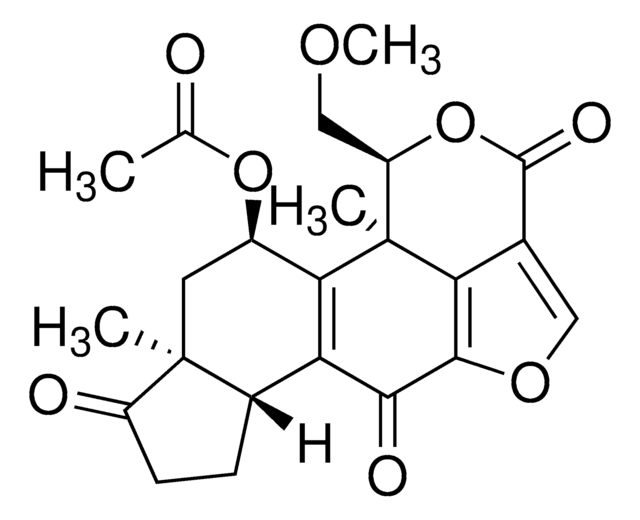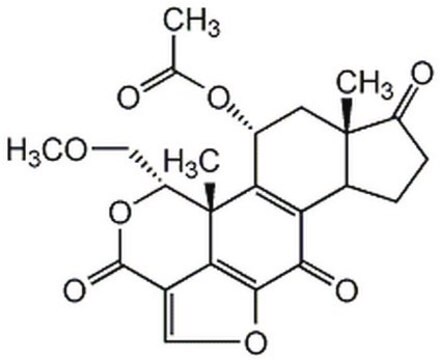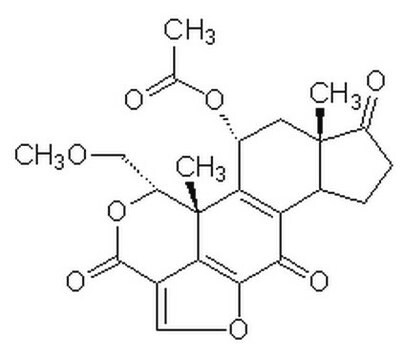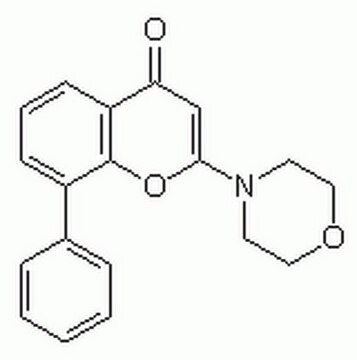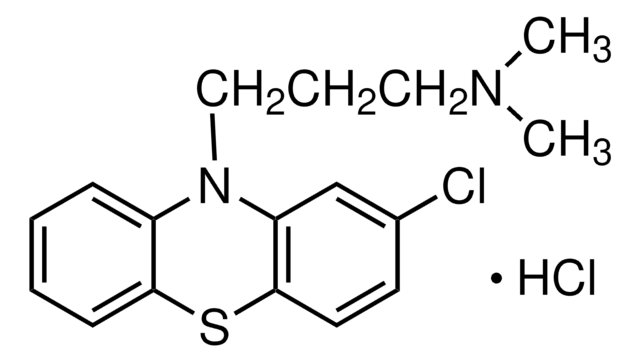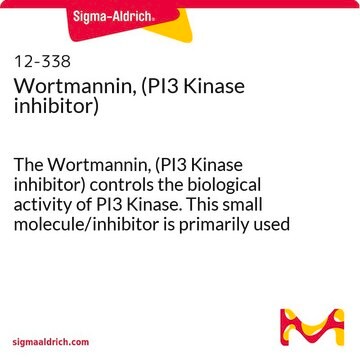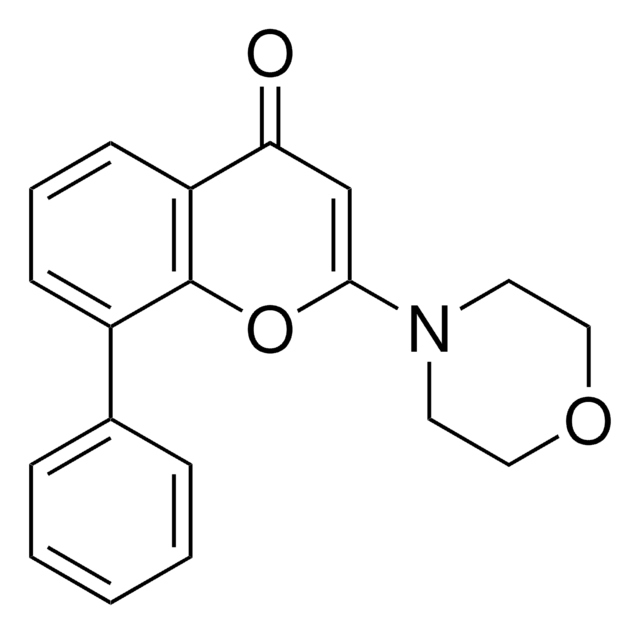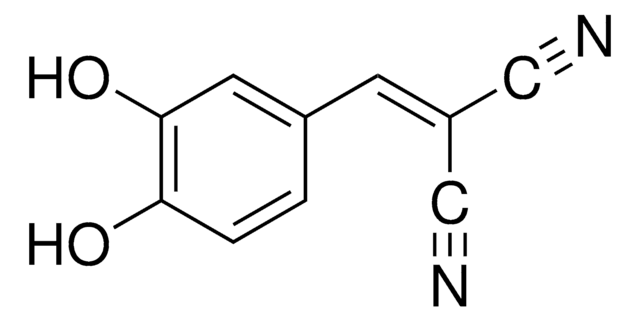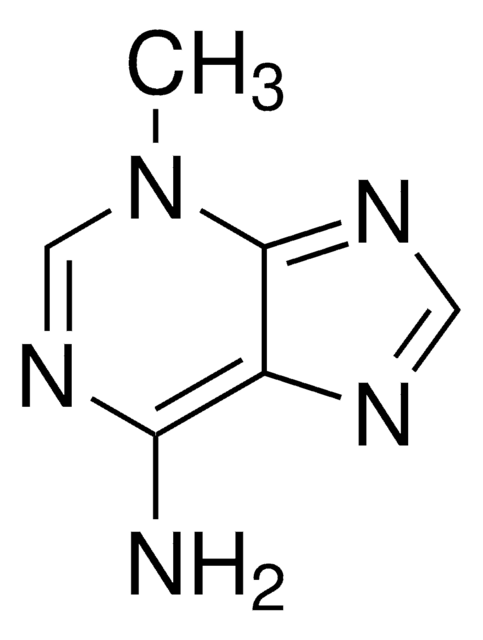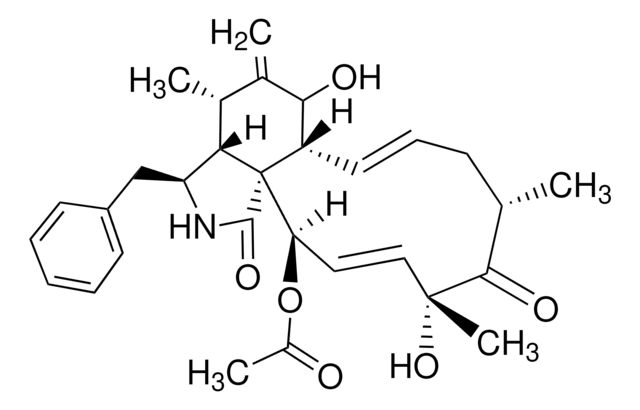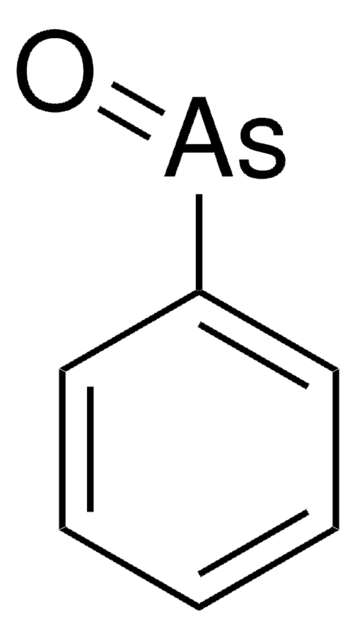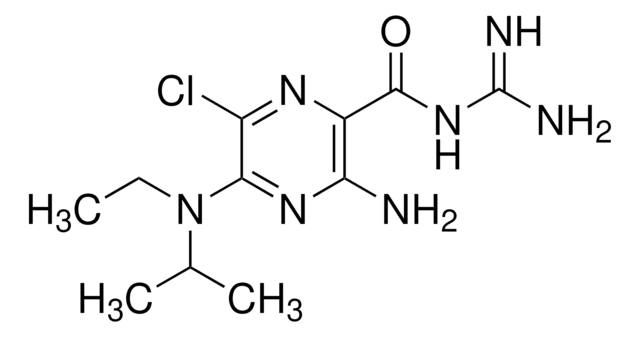W3144
Wortmannin
from Penicillium funiculosum, ≥95% (HPLC), solution, PI3-kinase inhibitor
Synonym(s):
Antibiotic SL-2052
About This Item
Recommended Products
Product Name
Wortmannin, Ready Made Solution, from Penicillium funiculosum, ≥95% (HPLC)
biological source
Penicillium funiculosum
Quality Level
Assay
≥95% (HPLC)
storage condition
protect from light
concentration
10 mM in DMSO (0.2 μm filtered)
shipped in
wet ice
storage temp.
−20°C
InChI
1S/C23H24O8/c1-10(24)30-13-7-22(2)12(5-6-14(22)25)16-18(13)23(3)15(9-28-4)31-21(27)11-8-29-20(17(11)23)19(16)26/h8,12-13,15H,5-7,9H2,1-4H3/t12-,13+,15+,22-,23-/m0/s1
InChI key
QDLHCMPXEPAAMD-QAIWCSMKSA-N
Gene Information
human ... PIK3CD(5293) , PIK3CG(5294) , PIK3R1(5295)
Application
- as a phosphoinositide 3-kinase (PI3K) pathway inhibitor
- as an endoderm-inducing agent in stem cell selection and differentiation
- as a autophagy inhibitor
Biochem/physiol Actions
Features and Benefits
Physical form
related product
Signal Word
Warning
Hazard Statements
Precautionary Statements
Hazard Classifications
Acute Tox. 4 Inhalation - Acute Tox. 4 Oral
Storage Class Code
10 - Combustible liquids
WGK
WGK 2
Flash Point(F)
188.6 °F - closed cup
Flash Point(C)
87 °C - closed cup
Choose from one of the most recent versions:
Already Own This Product?
Find documentation for the products that you have recently purchased in the Document Library.
Customers Also Viewed
Articles
Glucose metabolism is regulated by the opposing actions of insulin and glucagon. Insulin is released from pancreatic ß cells in response to high blood glucose levels and regulates glucose metabolism through its actions on muscle, liver, and adipose tissue.
Related Content
Discover Bioactive Small Molecules for Kinase Phosphatase Biology
Our team of scientists has experience in all areas of research including Life Science, Material Science, Chemical Synthesis, Chromatography, Analytical and many others.
Contact Technical Service